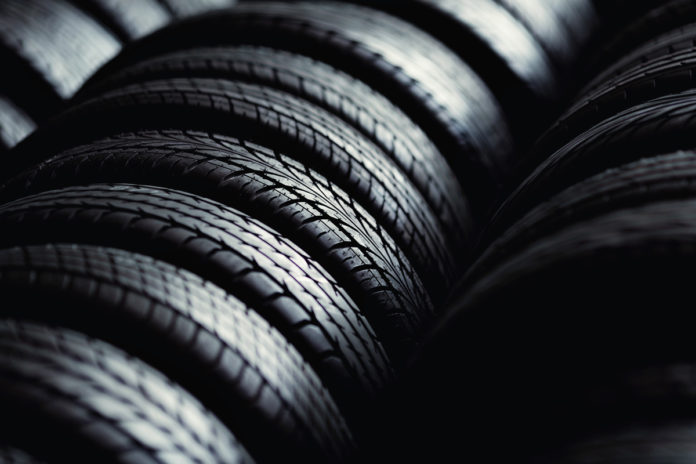
While much has changed about cars in the last 100 years, one detail has remained largely the same: tires are made out of pneumatically pressurized rubber. Thanks to Charles Goodyear’s discovery of how to vulcanize rubber in 1839, even the earliest “horseless carriages” of the 1880s featured pneumatic rubber tires.
Fast-forward to 2019, and rubber is still the go-to choice for tires, but for a select group of vehicles, the air may be on the way out. Recently, GM and Michelin jointly introduced a prototype of what they’re calling “Uptis” (Unique Puncture-proof Tire System), a Michelin-made tire intended for passenger cars. Uptis is a non-pneumatic tire (NPT), which means it eliminates the need for vehicle tires to be inflated with air to effectively support the vehicle’s weight. Instead, it uses a spoke or web design and the tire’s own tread to do the same job a pneumatic tire would.
With no need for inflation, the Uptis tire eliminates the problems of punctures and over- or under-inflation and (in theory) extends the useful life of the tire. Because of the nature of the design, it can also be 3D-printed from more modern materials than traditional tires. Its longer life means it’s more sustainable than pneumatic tires, and it would eliminate the need to carry a spare tire, improving energy economy. For all these reasons, the Uptis tire would be an excellent fit for driverless vehicles to reduce the chances of stranding a passenger alone due to a flat tire.
“Uptis’s revolutionary design and materials will yield massive sustainability benefits, such as reducing the number of tires that are condemned to scrap and reducing overall raw materials and energy used in tire production,” said Michelin in a news release.
Michelin and GM have announced that they plan to test the Uptis prototype, starting with the Chevrolet Bolt EV. Before the end of the year, the companies plan to initiate real-world testing of Uptis on a test fleet of Bolt EV vehicles in Michigan. The commercial version of the tires could appear on GM vehicles in 2024.












